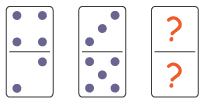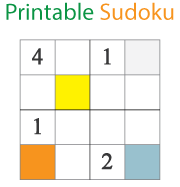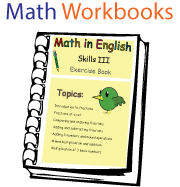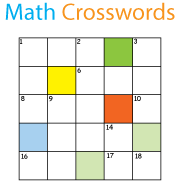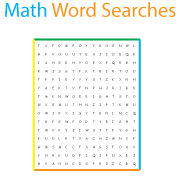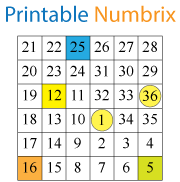These are our 4 Digits by 2 Digits long division primary math worksheets. Click on the previews to go to download page.
Long Division is, just as Fractions is, a math topic that can really put young math learners off. You either get it or you won't and if you won't, every long division exercise will become a struggle. We have a selection of long division worksheets here with ready to fill in boxes and several difficulty levels, so that students can gradually master the 'science of the dreaded long division'.
Our first section of tail division worksheet are based on dividing 2 digits by 1 digit. These exercises are relatively easy, as they can be done without using a tail division structure. These grade 4 worksheets are made to teach and learn the concept and structure of long division exercises and form a good starting point in the road to mastery. They come with and without remainder (best to start without). It is vital, in our humble math opinion, that young math learners not only learn the tail division, but also learn how to verify the outcome. Multiply the quotient by the divisor and add the remainder.
Once the concept is clear and mastered fully, math students can solve the next long division worksheets: 3 digits divided by 1 digit, 3 digits divided by 2, 4 (or 5 or 6) digits by 2, and so on. We feel that long division should not be a problem for math students and if it is, the whole concept of division needs to be retaught (and learned). Division (and multiplication) are arguably the most important components of the skill set needed for secondary level math, algebra and statistics. So it's time to master the long division concept by grade level 5.
Some of our long division material is set up in such that the math learner has to find the divisor, or dividend given the quotient outcome. We also have a section of tail division exercises that need to be completed, the boxes need to be filled in. This 'reverse' way of solving problems can be used in assessing one's mastery of the tail division concept.
- Being able to divide numbers, small and large
- Understand the concept of long division
- Being able to find the dividend and divisor of problems given the quotient
- Being able to verify the outcomes of the tail divisions
- Being able to solve problems within a reasonable time frame


 4 Digits by 2 Digits
4 Digits by 2 Digits.gif)
.gif)
.gif)
.gif)
.gif)
.gif)
.gif)
.gif)


